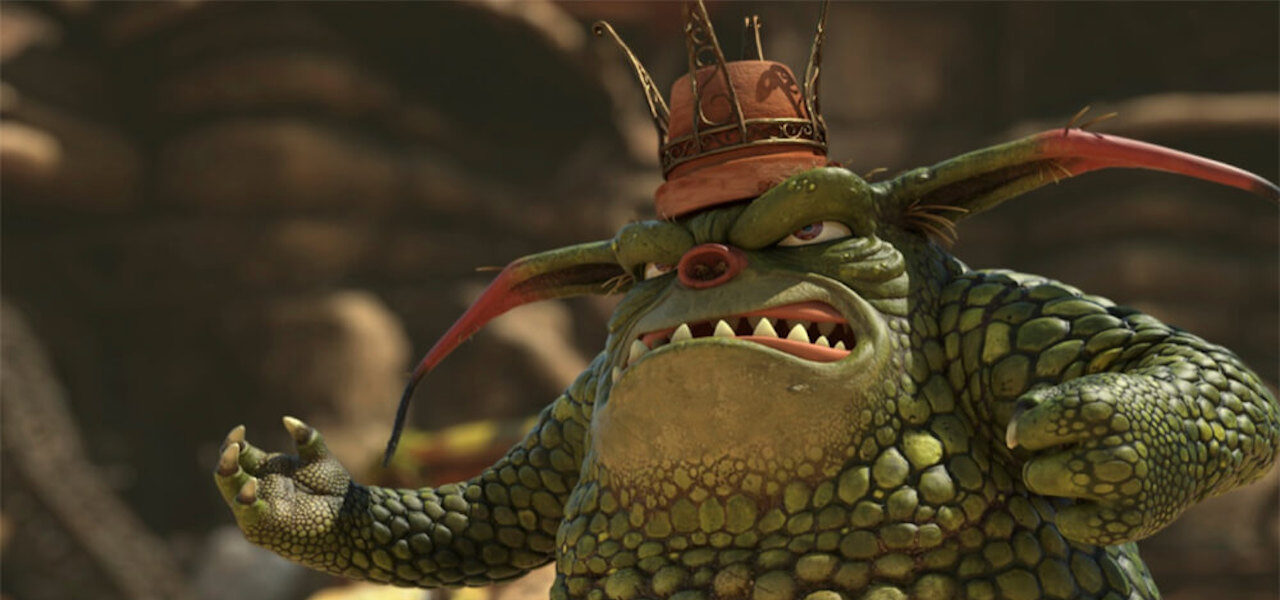

Kids’ Content Producers In Australia Fear Deregulation Could Decimate Their Industry
Broadcasters in Australia have long wanted to shake off quotas that oblige them to finance and air locally produced kids’ shows. The coronavirus has presented them with an opportunity to press their case, and many producers — including the country’s animation sector — are anxious.
For decades, linear broadcasters have had to meet a quota of 55% Australian content, alongside sub-quotas covering kids’ programming, drama, and documentary. They have been required to air at least 260 hours of kids’ programming and 130 hours of preschool programming per year. In April, the government suspended these sub-quotas for the rest of 2020, although it retained the 55% rule.
This was presented as part of a coronavirus rescue package for broadcasters, whose ad revenues have plunged in the pandemic. Explaining the policy, communications minister Paul Fletcher said that the pandemic had “effectively halted production of Australian screen content.”
However, the broadcasters have been lobbying to diminish — or abolish — the quotas since long before the coronavirus. They are renewing those calls now, emboldened by the suspension. If they have to air Australian content, their argument goes, it’s preferable to show more lucrative genres like reality tv, news, and sport.
According to the broadcasters’ lobby group Free TV, “The quotas have become completely irrelevant to modern Australian families, their children and their viewing choices. It is time they are abolished and a new approach is adopted — one that recognizes what and where children are watching.”
The backdrop to this crisis is the steady drift of audiences toward streaming platforms, which face no content quotas in the country. The linear broadcasters have seen their ratings drop for years. Free TV CEO Bridget Fair says, “Children’s quota programming is now attracting average audiences of less than 1,000 children and costs continue to rise at a rate that inhibits investment in other Australian content that audiences want to watch.”
Despite what Fletcher says, the pandemic has not halted the animation industry, which accounts for a large proportion of Australian kids’ content. Having made efforts to shift to a work-from-home setup, animation producers were stung by the quota suspension in April. Patrick Egerton, a partner at animation studio Cheeky Little Media, told Kidscreen at the time:
Clearly the pressure we’re all under from Covid-19 is unprecedented, so to see this sudden hiatus announced without an alternative funding model in place feels like the government is throwing the broadcasters a lifeline and leaving kids’ producers to sink. This takes [some] of our free-to-air broadcasters completely out of the mix, and leaves producers with the ABC [the public broadcaster Australian Broadcasting Corporation] as the only door to knock on for potential license fees for Australia.
The suspension was accompanied by an options paper that presented the government with various long-term strategies, ranging from regulating streaming platforms (which the streamers resist) to abolishing quotas everywhere. The animation sector, and the screen industry at large, worry that the government is tending toward the latter option. Trade body Screen Producers Australia said:
Because of Australia’s relatively small size, regulation is fundamental to the strength of our screen industry and its capacity to deliver cultural and economic outcomes through significant private investment. Without the support of smart regulation and incentives to drive that investment, our capacity to deliver diverse Australian stories will be diminished and will result in a greater call on public funds and risk a massive drop in employment.
Some also argue that the broadcasters themselves are to blame for their kids’ content’s low ratings. Elizabeth Handsley, president of the Australian Council on Children and the Media, said to Guardian Australia:
It has been very frustrating over the years to see so much excellent children’s content going unheralded because of the way that licensees have scheduled it, and failed to promote it. All the more so when you see how aggressively they promote a lot of other content. It’s also been frustrating to see the government, year after year, failing to call them on these practices.
Additionally, the creative industry has also called for more funding for the national broadcasters to produce indigenous and kids’ content, as a way to compensate if commercial broadcasters cut down on airtime for these categories.
The government hasn’t set out a precise timeframe for its decision on tv reform. A spokesman for Fletcher has said that it is considering all options.
(Image at top: Cheeky Little Media’s “Bottersnikes and Gumbles.”)

